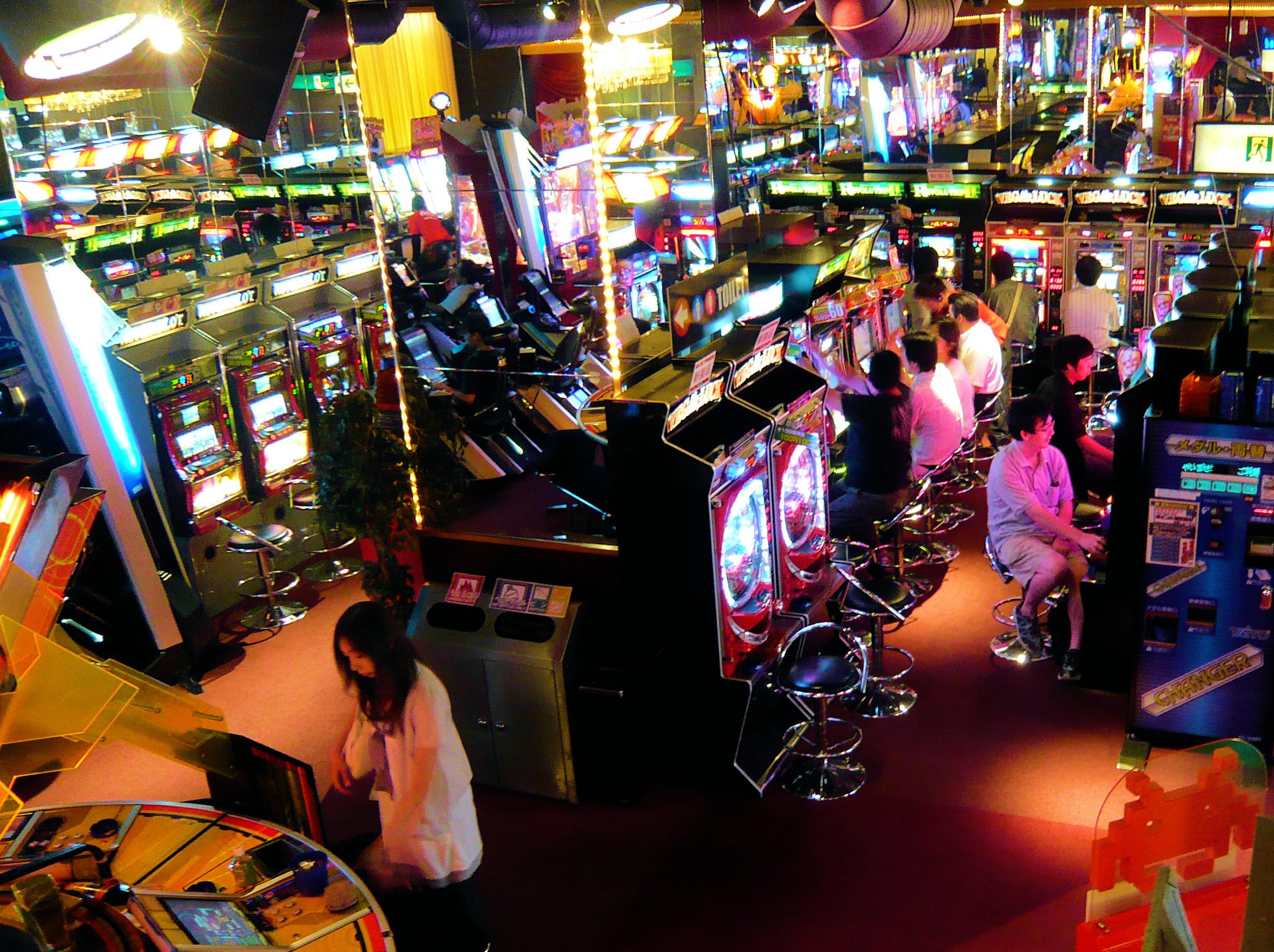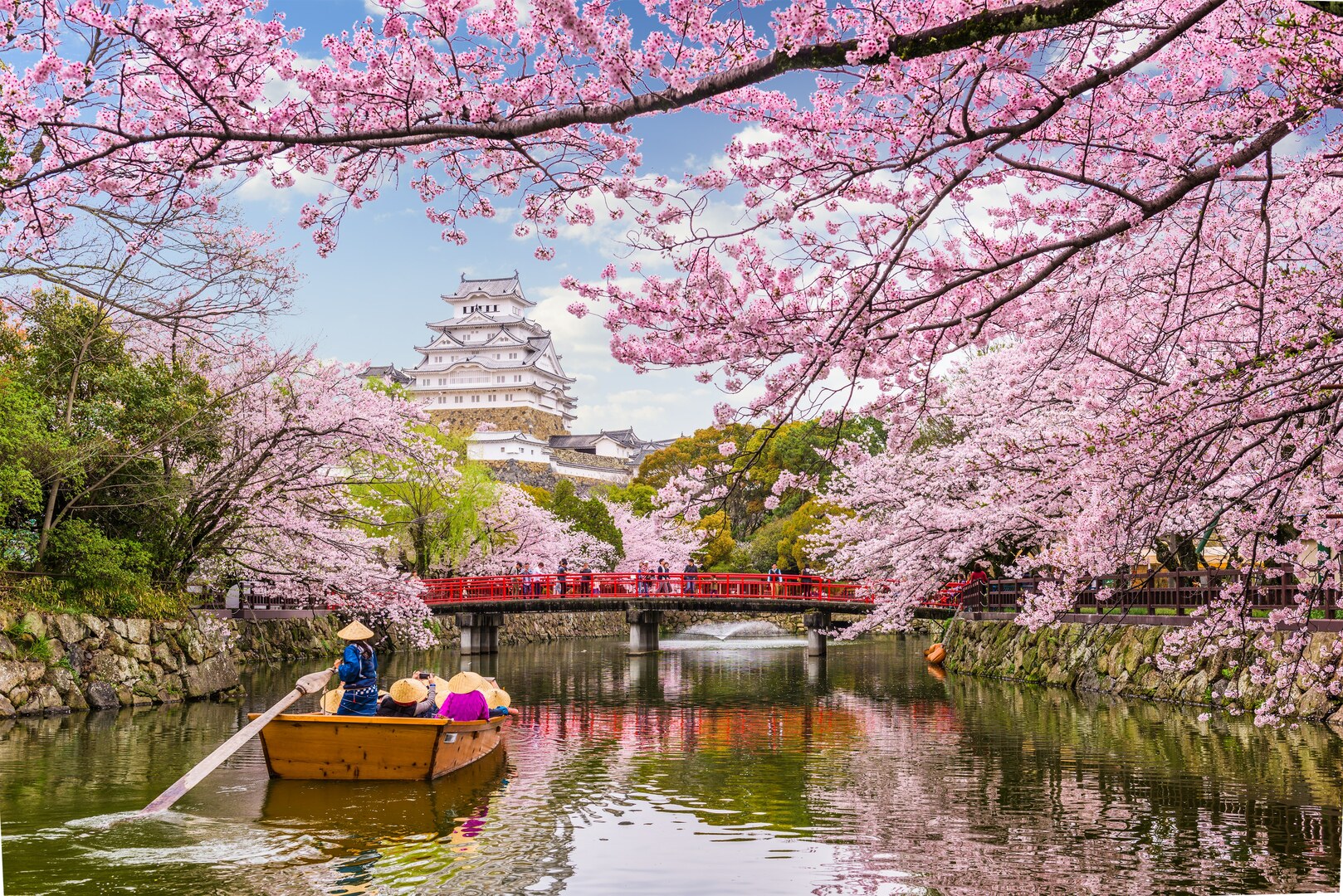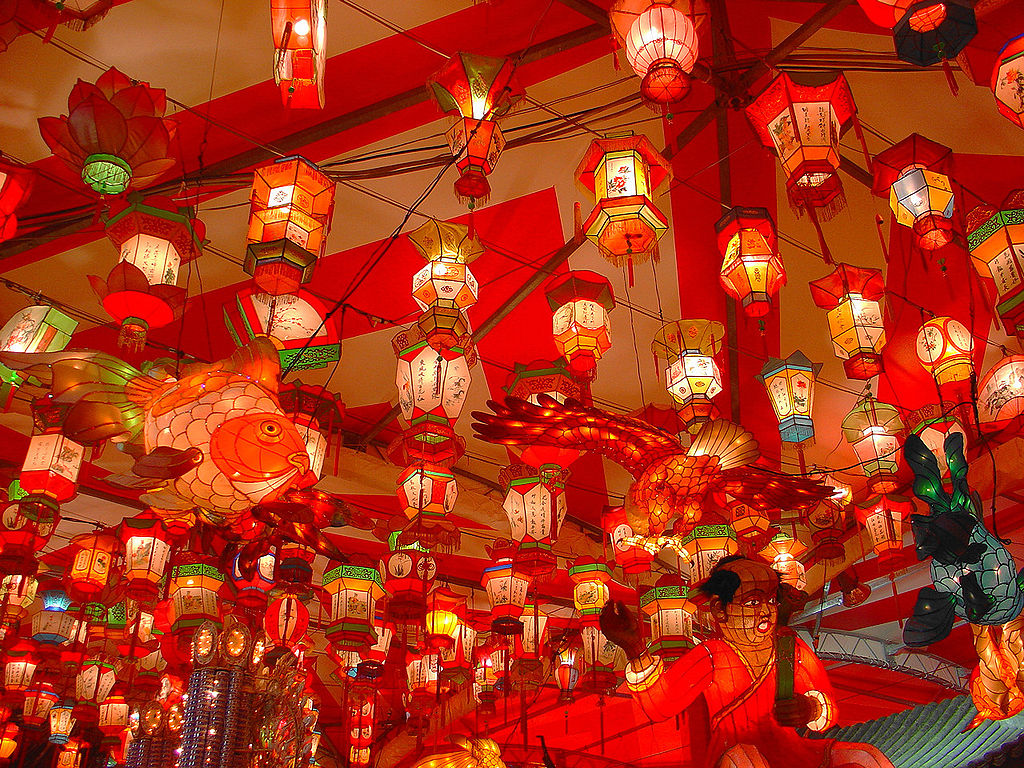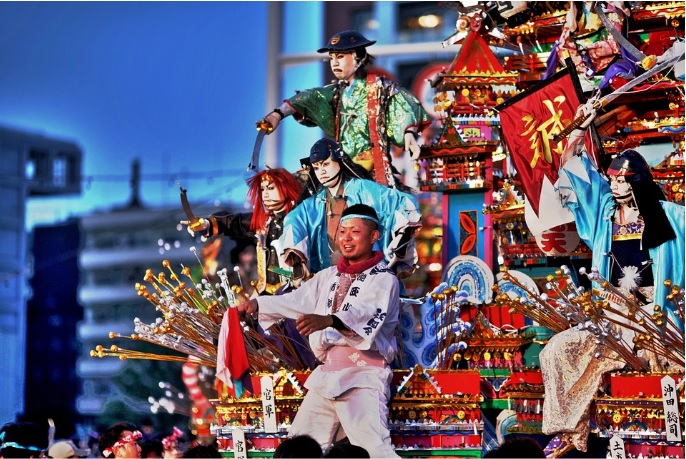
We’ve seen video game arcades at their prime in the 80s with games like Pac-Man, Galaga, Donkey Kong and the like. What used to be the hippest hangout has now become almost defunct in the West, especially in countries like the United States. With gaming consoles like the PS4 and XBox One, there is no need for anyone to go to an arcade to play games. Better yet, you can virtually play anywhere you want with games made for smartphones and laptops. Today, amusement arcades are nothing more than nostalgia, and a cute concept for a retro photoshoot.
Except in Japan.
Alive until Today
Despite a general decline in the number of arcade centers from 44 000 in the mid-1980s, according to The Financial Times, there is still a steady market of arcades in Japan with an estimated number of almost 15 000, registered and tiddlers included. In fact, the Japanese video game arcade or game center (shortened as “geh-sen”) as they like to call it, has become a symbol of national pride.
Gamers remain
What kept the geh-sen alive after all these years?
A quick overview of the Japanese gaming industry will show you that Japan has come far: from arcades to mobile. Though the games have changed, the gamers remain.
The variety of games in Japan has opened the door for a vast market of gamers: students, retirees, and retro-gaming junkies. Students mostly come during the evenings and spend about an hour in the game center. Males would usually spend their time on fighting games, shooting, and racing simulations. While the women would flock to music games or the largely popular, Purikura or photo booth.
Photo by Pixelms. Licensed under Creative Commons.
Middle-aged gamers would usually spend their mornings on gambling-style games, while some of them would bring their kids to the arcade with them on the weekends. Others, who started playing games since middle-school, have just carried on the habit until adulthood. The typical Japanese game center consists of multiple floors. The first floor are prize games, crane games, UFO catchers, and candy are found. The second floor is home to medal and casino games. The third floor is for fighting games and video games. The fourth floor is for large simulator games like racing and robot battle pods, as well as music and rhythm games. Finally, the fifth floor is where the photobooths reside.
Check out this video for a walkthrough of Taito Hey, one of the more popular game centers in Akihabara.
Manufacturers remain
What makes the video game arcade industry sprawling is that big game-making companies also own video game arcades. Notable companies like Sega, Namco, and Taito all have game centers of their own. That being said, they can easily respond to trends. In 2016, the hugely popular mobile game-turned-manga-turned anime series, Kantai Collection, has released an arcade version and people were filling up the arcade fast. Not only do these companies fish people by updating their games, they also update the arcade machines to give users a better experience.
National Pride remains
Another spark that has kept the flame of arcade culture burning in Japan is their national pride. They own their otaku-ness. The Japanese recognize that they have pioneered the gaming industry all over the world, which is why they go back to their roots. It’s basically part of who they are. In Tokyo, there’s actually a thing called gaming tourism where tourists actually flock to arcades to experience its unique flair.

Photo by DocChewbacca. Licensed under Creative Commons.
Unique fun remains
The key to the Japanese arcade culture is its unique charm. There are experiences that are limited to an arcade. One of these things are the classic claw machines. The thrill of being able to grab a stuffed toy only to lose it at the last minute is not something you can experience in an iPhone. More than that, the gaming culture in Japan has cultivated a community wherein the arcade has become a place to test your skill by competing and enjoying the game with other people.
Preserving a culture through the years is hard work given the fast pace of technological advancement. Still, Japan has figured out the formula to a thriving arcade culture. Gamers plus gaming companies plus arcade owners, all three have one thing in common: they’re passion for the art of having fun.
SOURCES
- Kotaku
- The Verge
- Stripes Japan
- The Spinoff
- Financial Times





